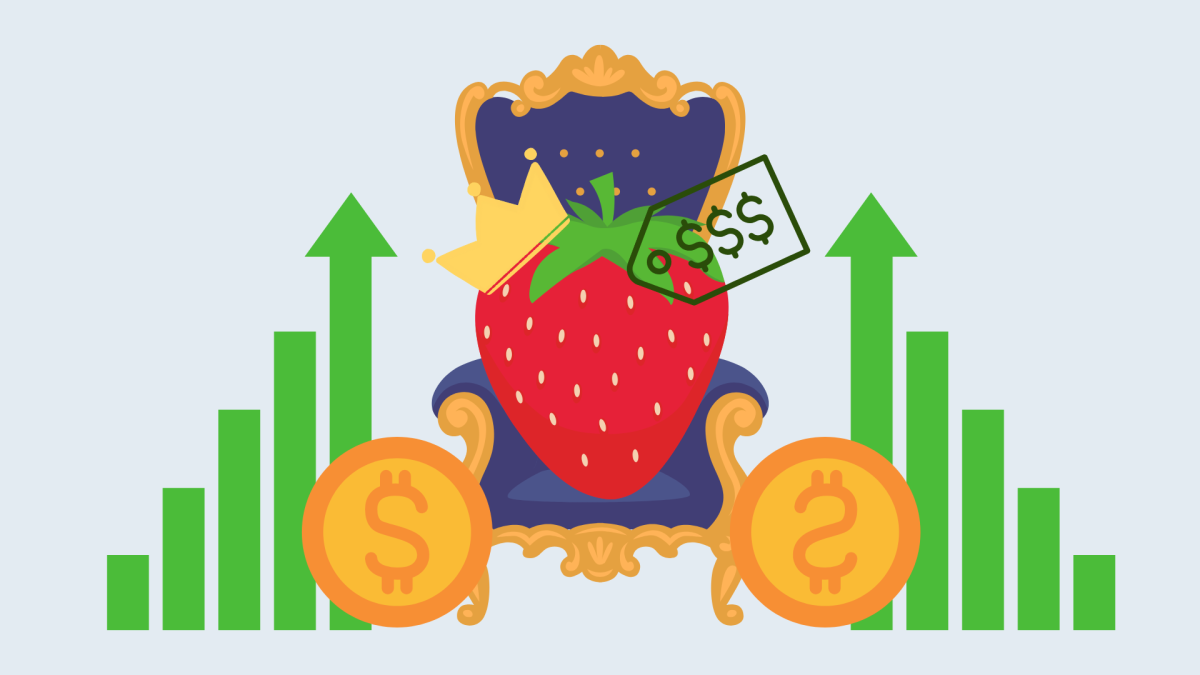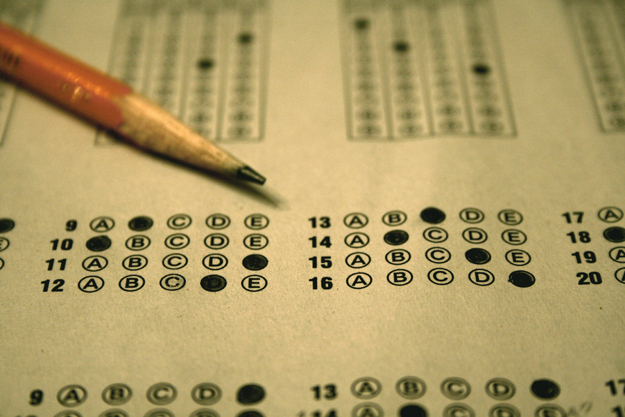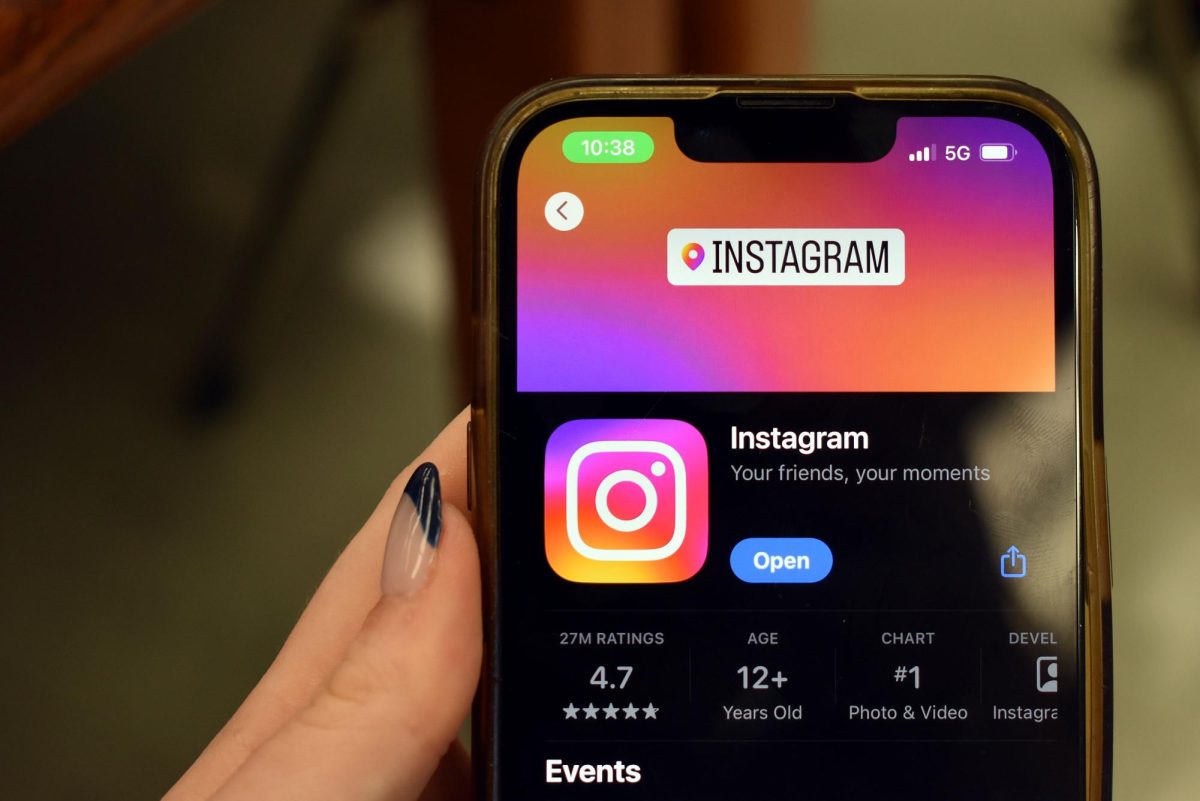A single strawberry retailing for $19. One may think: who would buy a three-bite snack for such a price. Well, apparently many do. This berry is sold by the California-based upscale grocery store, Erewhon, known for its insane prices and being a popular spot for Californian celebrities. The fruit has blown up on social media, partly from users criticizing it for its “dystopian” implications, and partly from samplers of the fruit gushing over its taste.
The strawberry is encased in elaborate packaging, in a Beauty-and-the-Beast rose-case-esque case. But the packaging isn’t the reason for the high price tag on the berry. The strawberry is grown in the Japanese farm Tochigi Prefecture, better known as the Strawberry Kingdom, a highly celebrated farm in Japan.
Erewhon notes that the American price for the strawberry is actually equivalent or less than the same berries being sold in Japan. With shipping factored in, they affirm that the whopping $19 is actually a pretty good deal.
While some take the position of “it’s just a strawberry. If you disagree with the price, just don’t buy it.” But it’s not just a strawberry. It’s a symbol for our society’s trend towards hyper-consumerism. While I may not go so far as many social media users to compare this to the dystopian world of “The Hunger Games,” noting they’re “watching from District 12,” I do agree that this overly priced strawberry should be taken as a warning sign for American consumers being unintentional and wasteful with spending
After World War II when the American economy was booming, Americans shifted consumer mindsets – they not only looked to satisfy basic needs, but to indulge in material desires, ones they were deprived of during the Great Depression. When coinciding with the rise of radio and television, corporations more easily could advertise their products to the average American consumer.
While this ability to spend hard-earned money on items and experiences that bring you joy, over time, excessive consumerism, such as the desire to buy bigger houses, nicer cars, more exclusive clothing, leads to a mindset that what you have is never enough.
This refutes the “money buys happiness” claim, because if you fall into the trap of hyper-consumerism, the need for more will never be satisfied. You’ll buy into the expressions “if only,” “just one more,” “as soon as I buy,” and endless postponements of contentment with your current life.
I’m not saying consumerism is bad, nor that it’s embarrassing to fall into the trap of hyper-consumerism. The rise of social media in the 21st century has led to a significant number of influencers flexing their unrealistic lives and possessions, making viewers feel like they’re never good enough, and shouldn’t be happy living a minimalist lifestyle. This is human nature, and everyone, including me, has fallen into this trap more than once. But, this instinct is one that we need to actively combat.
We’ve seen a trend towards wealthy individuals “rage baiting,” or purposefully making infuriating content to elicit angry responses as a way to boost engagement and make more money, by participating in the most extreme form of consumerism, such as spending hundreds of dollars a week on makeup, making a weekly-rotating apartment for their dog and doing a weekly fridge restock with the most impractical array of drinks and perishables. These influencers are manipulating viewers into commenting about its absurdity, in order to profit off of people’s rage. So, when you see a video like this, acknowledge that it’s rage bait, and scroll along, as to not engage with these manipulative influencers.
I acknowledge that in our society, it’s impossible to not contribute to consumerism – but there’s more minimalist and conscious ways to participate in it. Focus on being content with what you have, prioritizing meeting basic needs, such as food and shelter, rather than acquiring the most recent fashion trend or new drink at Starbucks. The emergence of credit cards opens the door to debt, allowing consumers to spend more than they have, or more than is smart to spend.
Instead of pushing off payments on credit in a “i’ll figure it out later” mindset, be intentional with your day-to-day purchases. Instead of buying a daily coffee at your local Starbucks or Dunkin, invest in a nice coffee maker that will save you both time and money in the long run. Instead of ordering microtrends off of environmentally damaging fast fashion websites, buy from sustainable brands or visit your local thrift store. When you do want to treat yourself, which is still valuable in moderation, buy from local or small businesses, when possible
Now back to the strawberry. Instead of engaging in the newest trend of buying the intriguingly absurd berry, go to your local grocery store and pick up a full package of strawberries, for less than half the price. While they may not taste as sweet and juicy as the Japan-sourced Erewhon strawberries, at least you’ll have more than a couple bites, and much more bang for your buck.








